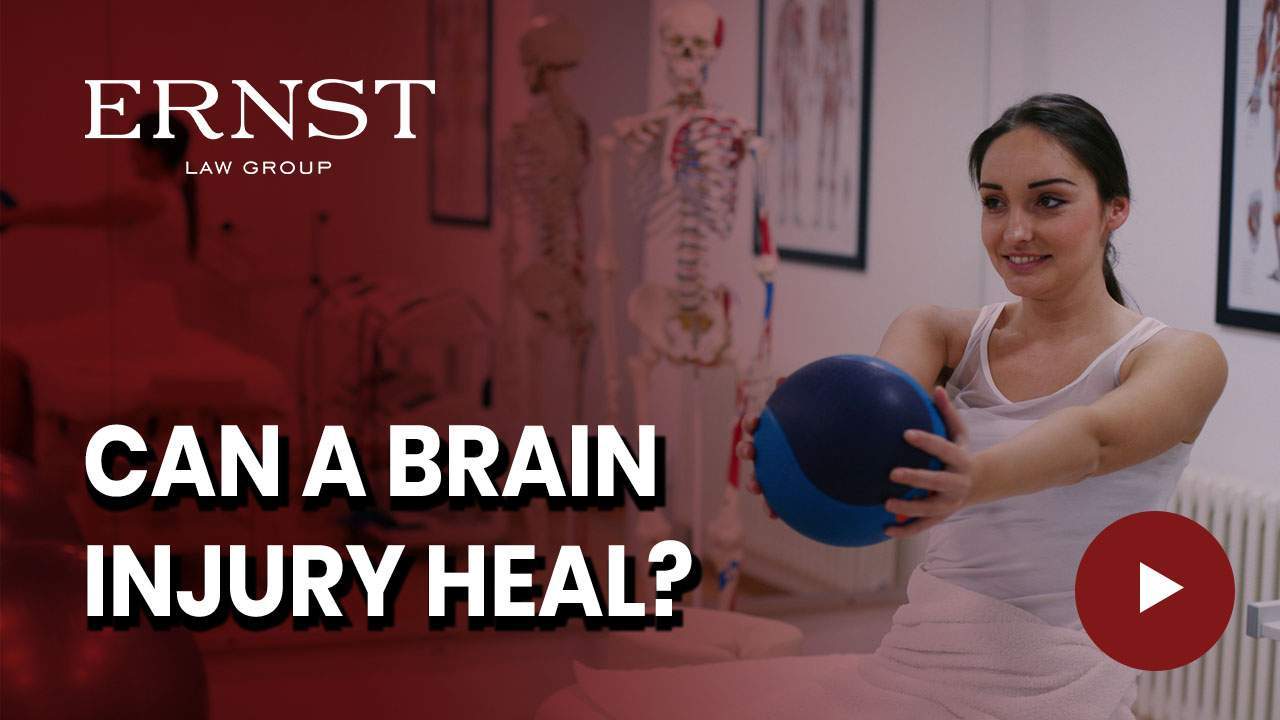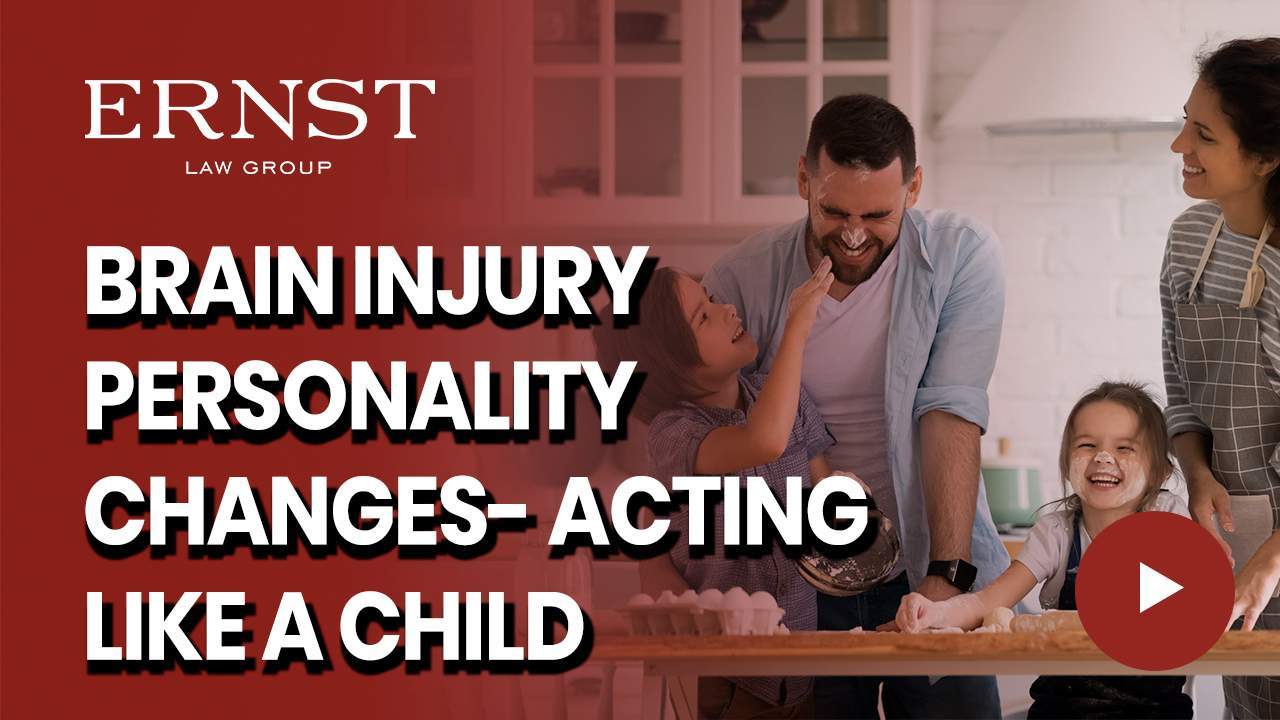Transcript:
So I wanted to do a video today on, if your house is accessible to a traumatic brain injury victim. And first, it really depends on the context of what the brain injury entails. Brain injuries can be dealing with sensory perception, light, sound, noise in the house, or it can be something more physical. If it’s something that is a difficulty with balance or dizziness or going up stairs or going through part of the house without railings. I’m going to address all of these in turn. And because all brain injuries are different, kind of listen to the one that might be the most helpful for you to determine whether or not your house needs some modifications or needs ways to make it easier for someone who’s suffered a traumatic brain injury to be comfortable in your house. So we’ve had a number of clients before, and I’ll say one specifically that had a lot of difficulty with light and sound.
It was so significant that if her loved one, her husband, would be in the house that if it was bright enough for him to read a book, it was too bright for her. So they always were turning out the lights. She’d come in and go, “Hey, you got to turn the lights off.” So it ended up happening is they were trying to find a way of compromise of such where she was comfortable with how bright the lights were and he was able to still be able to do the activities that he wanted to do. What ended up happening is they went with significantly lower wattage bulbs throughout the house. And that really helped deal with some of the lighting problems that dramatic brain injury victims suffer. A lot of the times they will complain of, “These lights are too bright. It’s bothering me. The lights are giving me a headache.” We hear these complaints again and again from our clients.
So if something that really needs to be taken in consideration is the lighting. So if you have a loved one that’s basically saying, “Hey, these lights are really bothering me,” that’s something that really needs to be addressed. You need to look at different wattage bulbs and different ways you can light the house and still function in your daily living, but it doesn’t consistently put so much pressure on them that they wind up with a headache all the time. So that’s lights. The next is sounds. Sounds can bother people with traumatic brain injury, again and again, in so many different scenarios. In a normal house you don’t think about the sounds that will bother someone, microwave’s bringing, timers in the kitchen, toasters, sometimes alarm clocks, anything that generates a high pitch tone to someone who suffered a traumatic brain injury, if they have any difficulties with their hearing or their ears, or what’s called auditory response, they really do have a tough time and it’s actually objectively documented. You can do tests that will show the way they hear sounds is different.
And it can actually be so much so that when they hear certain sounds that are normal to me or you, they will actually be physically painful to the person who has a traumatic brain injury. And that’s why you’ll see people who have a traumatic brain injury and sensitivity hearing, they’ll hear a loud sound, they’ll hear the microwave go off, and they’ll flinch. And you wonder, “What’s wrong? Does it scare them?” It isn’t that, it’s the sound became painful. So the sound needs to be addressed in the house. The best way to deal with that is, identifying them is first, ask the person with the traumatic brain injury, “Hey, what sounds are really bothering you?” And then go through and systematically try and either get ones that have a silence feature. You can turn the microwave off before it goes off. You pull it out at one second. Don’t use the food processor if that’s too loud for them.
Or if you are going to have to use that item, you’d use it at a time when they’re going to be in the other room so it won’t bother them so much. So those are the light and sound limitations for your house that really need to be considered for someone with a traumatic brain injury. And there’s going to be another part that I’m going to do here, just because I realize how much needs to go be addressed in going through your house and making it accessible for someone with a traumatic brain injury. So I’m going to do also one on cognitive limitations, and I’m going to do one on physical limitations to approach those within the house to make your house the most accessible for a traumatic brain injury victim, because they deserve to be able to live in a house where they’re comfortable.
And it isn’t addressed enough, and a lot of times doctors will say, “Hey, you have a traumatic brain injury.” And They don’t tell you how to integrate with your house, your life, or how to integrate with other people. And these are some things that I’ve seen again and again with my clients and they need to be passed on. So I’ll look for those next part of the series, and I’ll be recording that soon. Thanks.









